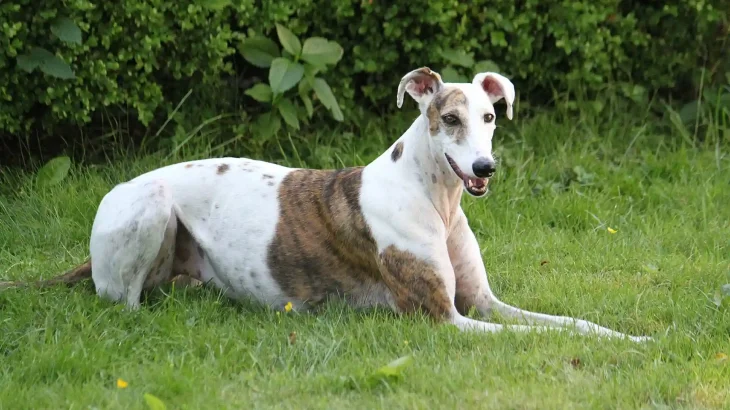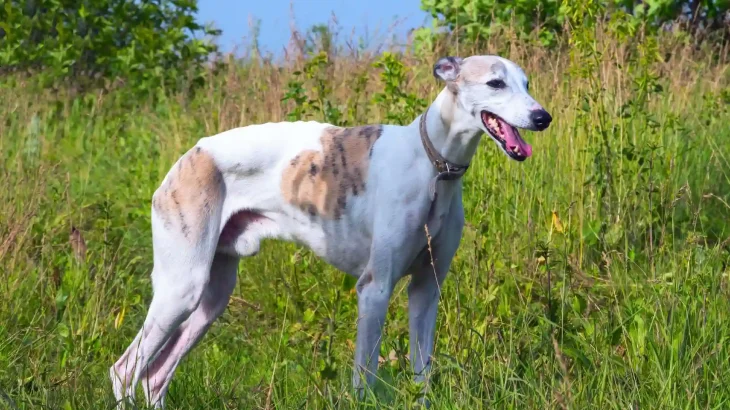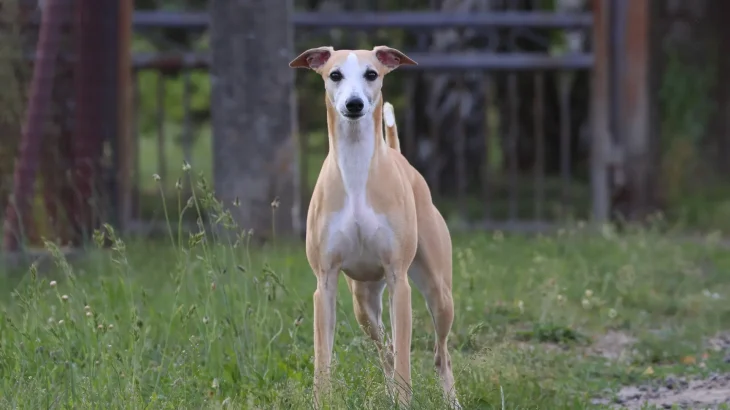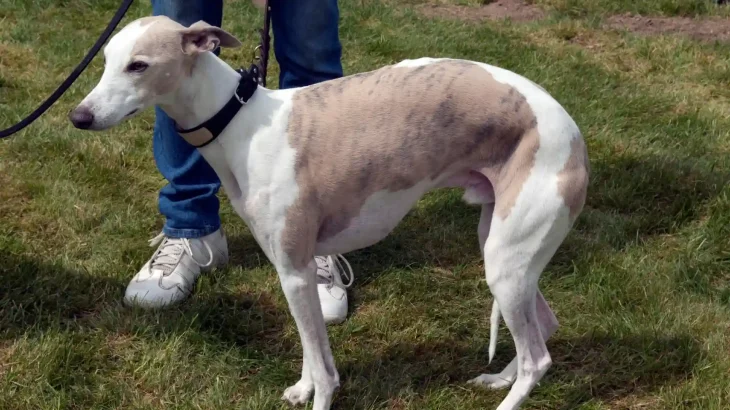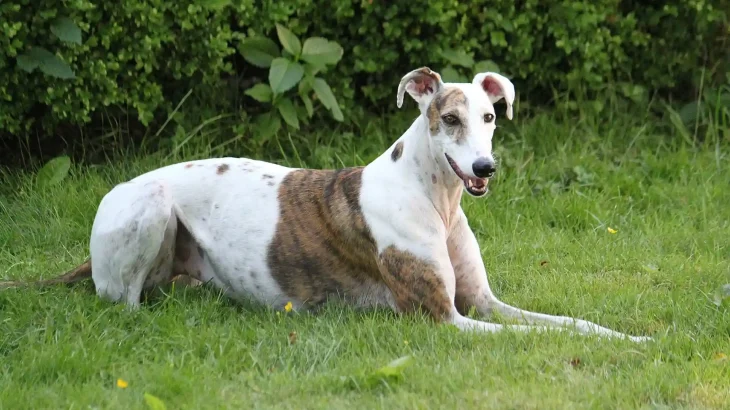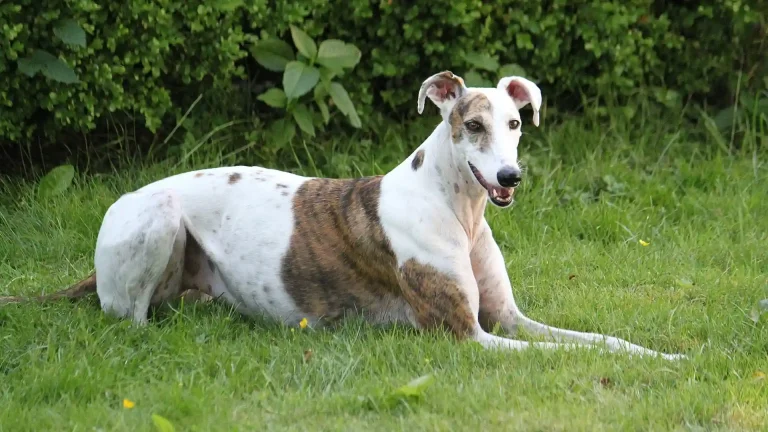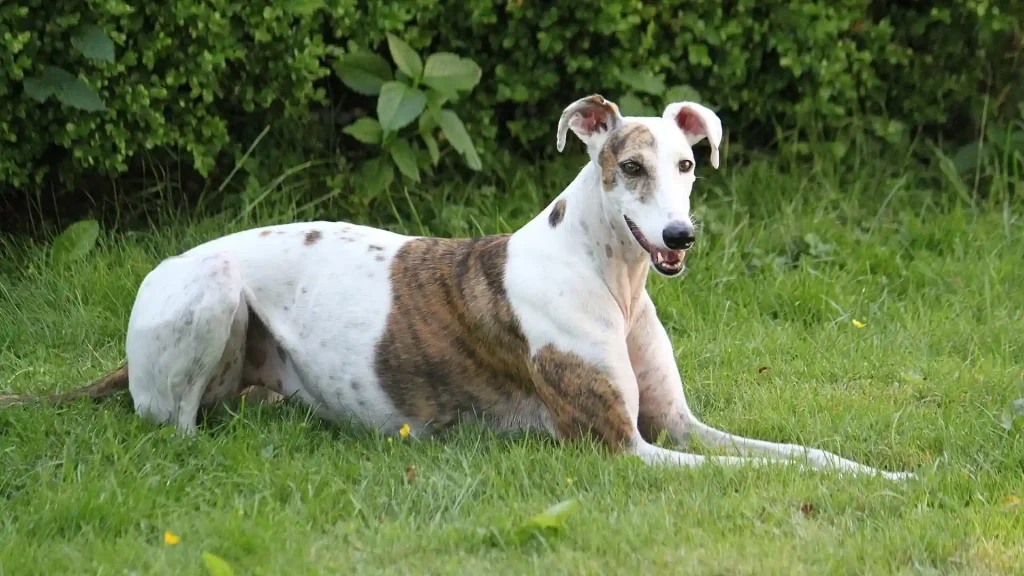Deciding whether to adopt or purchase a Magyar Agar puppy depends on your priorities like budget, knowledge about the puppy's background, and ongoing support. Buying from a breeder usually provides detailed health and pedigree info, while adoption offers a more affordable way to give a dog a loving home.
Adoption vs. Breeder: Pros & Cons
| Criteria | Buying from Breeder | Adopting from Shelter/Rescue |
|---|---|---|
| Cost | Usually higher, reflecting purebred status and care, often several hundred to a few thousand dollars. | Lower adoption fees, often including initial health care like vaccines and spaying/neutering. |
| Health History | Comprehensive health screening and genetic testing often provided. | Health history may be limited or unknown; basic vet screenings generally done. |
| Age Availability | Primarily young puppies, allowing early socialization and training. | Varied ages, including adults; less chance to shape early development. |
| Temperament Insight | Breeders can share lineage and parent behavior details. | Shelters provide behavior observations but lineage is uncertain. |
| Supporting Practices | Supports breed preservation but requires choosing ethical breeders to avoid puppy mills. | Helps animal welfare by rescuing dogs needing homes. |
| Ethical Considerations | Must ensure humane, responsible breeding to prevent overpopulation. | Adoption reduces homeless pet populations and abandonment. |

